Play house: Alex Michaelis' London home is inner-child friendly

The narrow, off-white, brick-clad main façade of architect Alex Michaelis’ new home in west London does not reveal much. There’s a modest front wall and a simple, round, almost abstractly turret-like volume behind it, dotted with large openings of different shapes and sizes. However, a slim gap between this property and the next, along this quiet, mostly residential part of the street, allows a glimpse of a garden and a second volume at the back, hinting at the true flair and scale of this project.
‘A developer, who we’d done some work with in the past, had asked me to work on this plot as a joint venture. At the time, there was nothing there; it was a garage,’ recalls Michaelis, who heads the prolific practice Michaelis Boyd Associates, together with partners Tim Boyd and Simon Haycock. Michaelis had designed his previous home, too – in Oxford Gardens – but when circumstances led him to sell it, he began looking for his next residential adventure. ‘I guess I got an appetite for building houses,’ he says.
Michaelis ended up buying the site from the developer to transform it into his new family home. It came with planning permission for a conventional infill house with a basement, which the architect decided to completely redesign, taking his cue from the site. The plot is wedged in-between surrounding brick buildings with high walls all around, a variety of shapes, several types of windows and details he could link the building to, which, for Michaelis, made for a promising start.
‘I always liked playing with form, not just fitting in,’ he explains. Maximising light was key to the new design, so the architect avoided building right up to the neighbouring walls, instead making sure he allowed space for windows and light to seep into all four sides of the house. ‘I thought it was really important, from the first floor up, to shrink the building a little bit to get light into the floors below,’ he continues. ‘We also didn’t want to have too many sharp points that would become dark and shadowy.’
The final form, covered in handmade Petersen bricks, is composed of a fairly thin – 5m at its narrowest – and long base that runs the length of the plot. On top of this are two curvaceous, almost cylindrical towers, one towards the front and one at the back of the site. The middle part of the plot could not be filled without reducing light to neighbouring properties, so a slim bridge connects the two volumes over a green roof.
The front entrance leads to large living, kitchen and dining areas, which take up the whole ground floor. A professional-standard Electrolux Grand Cuisine kitchen has been installed, featuring a specialist sear hob, a wok area and a precision vacuum sealer, all of which are put to good use, both for daily family dinners and entertaining. A glass sliding door opens onto a courtyard and a lap pool outside.
Upstairs, the division is fairly straightforward – the front round volume hosts the adults’ master bedroom and en-suite on its own separate floor, as well as two of the children’s bedrooms underneath. The rear one becomes more of a kids’ zone, with a play area and bedrooms for the couple’s remaining five children.
Beautifully sculpted staircases with smooth corners, corridors and rooms are lined with Dinesen Douglas fir flooring, while details such as windowsills feature the same wood. The walls are deliberately left with an unpainted plaster finish which, together with the timber’s pale colouring, creates an overall soft, light, almost Scandinavian interior. Yet this is far from the typical clean, white, minimalist home.
‘It has been designed with children in mind,’ says Michaelis. Indeed, from slides to hidden areas and a fireman’s pole mischievously connecting the ground and first floor, there are plenty of playful details that elevate the project to a truly bespoke piece of residential architecture. ‘Architecture can be fun and entertaining. You can see the glint in every adult’s eye when they see the pole,’ he adds. ‘The first thing they want to do is go up and slide back down.’
And what of more formal references? A comparison to Moscow’s modernist classic, the Melnikov House, with its twin round volumes and similarly unusual windows, might not feel completely out of place. ‘These forms came around more from wanting to let the light flow and play with the spiral staircases, for example,’ explains Michaelis. ‘It was all very free flowing, which can be quite difficult to achieve.’
The project’s several leafy, outdoor areas are also testament to this organic approach. Both towers have an accessible sun roof, while the ground level’s top is planted with a variety of flowers, trees and creepers, which Michaelis hopes will grow to cover parts of the property. ‘It goes back to the original principles of Le Corbusier,’ he says. ‘When you take a piece of land away, you have to try to give as much as you can back, which I love as a philosophy. And as the plants grow, the whole thing will come alive.’ The couple worked with garden designer Jinny Blom on the plant selection, which includes strawberry trees, magnolia trees, ferns and a cherry tree.
The family moved in even before works were fully completed and, with the summer ahead, they are already enjoying the house’s courtyards and gardens. ‘The swimming pool is one of the most well-used spaces in the house,’ says Michaelis. ‘I just went in this morning, and two kids jumped in with me. They use it with friends too. It is quite small, but on the same level as the living areas, so that makes it more part of the house. The only problem is keeping the dog out.’
As originally featured in the July 2016 issue of Wallpaper* (W*208)
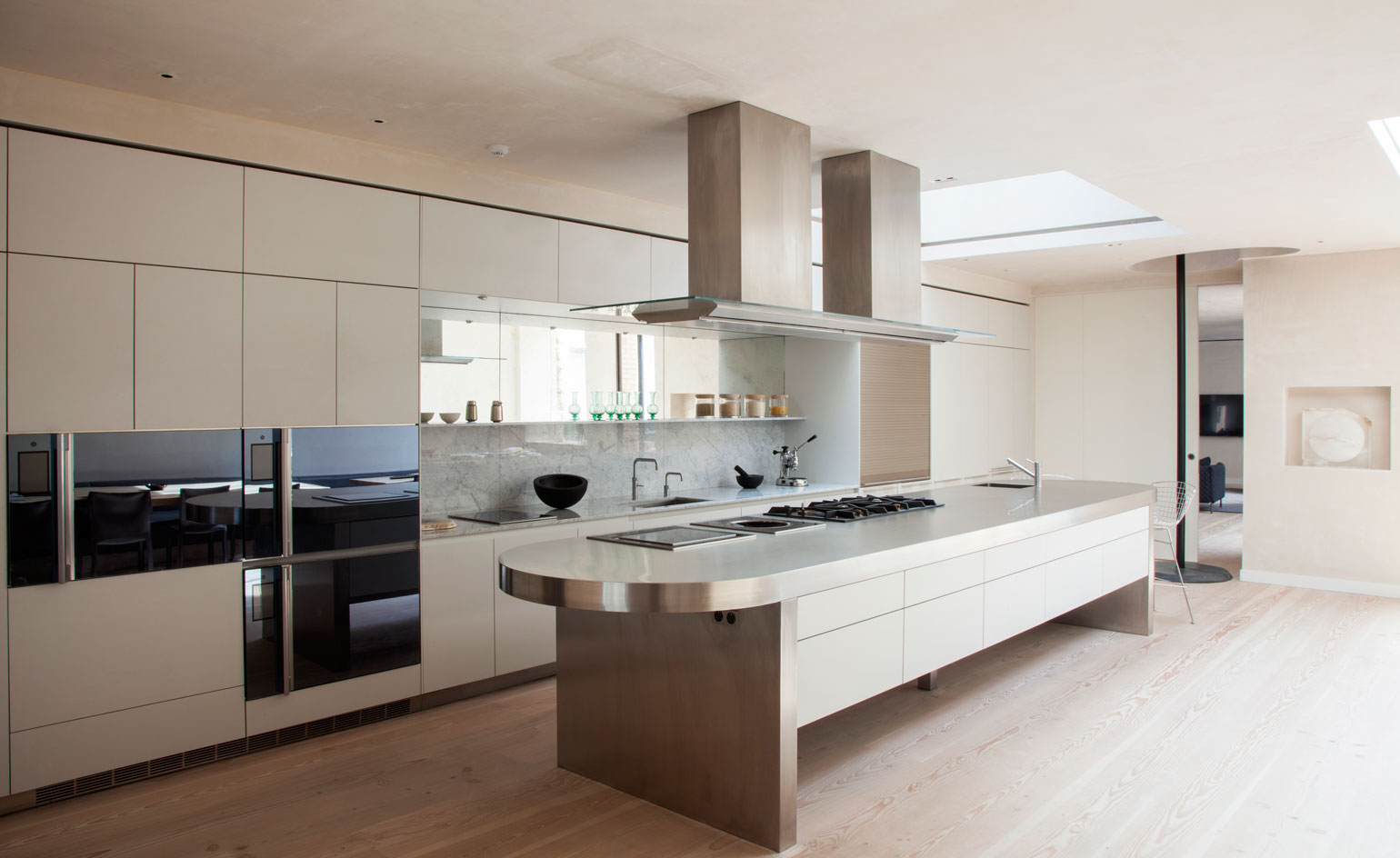
The house is fitted with an Electroluxe Grand Cuisine Kitchen, accessible by fireman's pole if desired, and Dinesen Douglas fir flooring
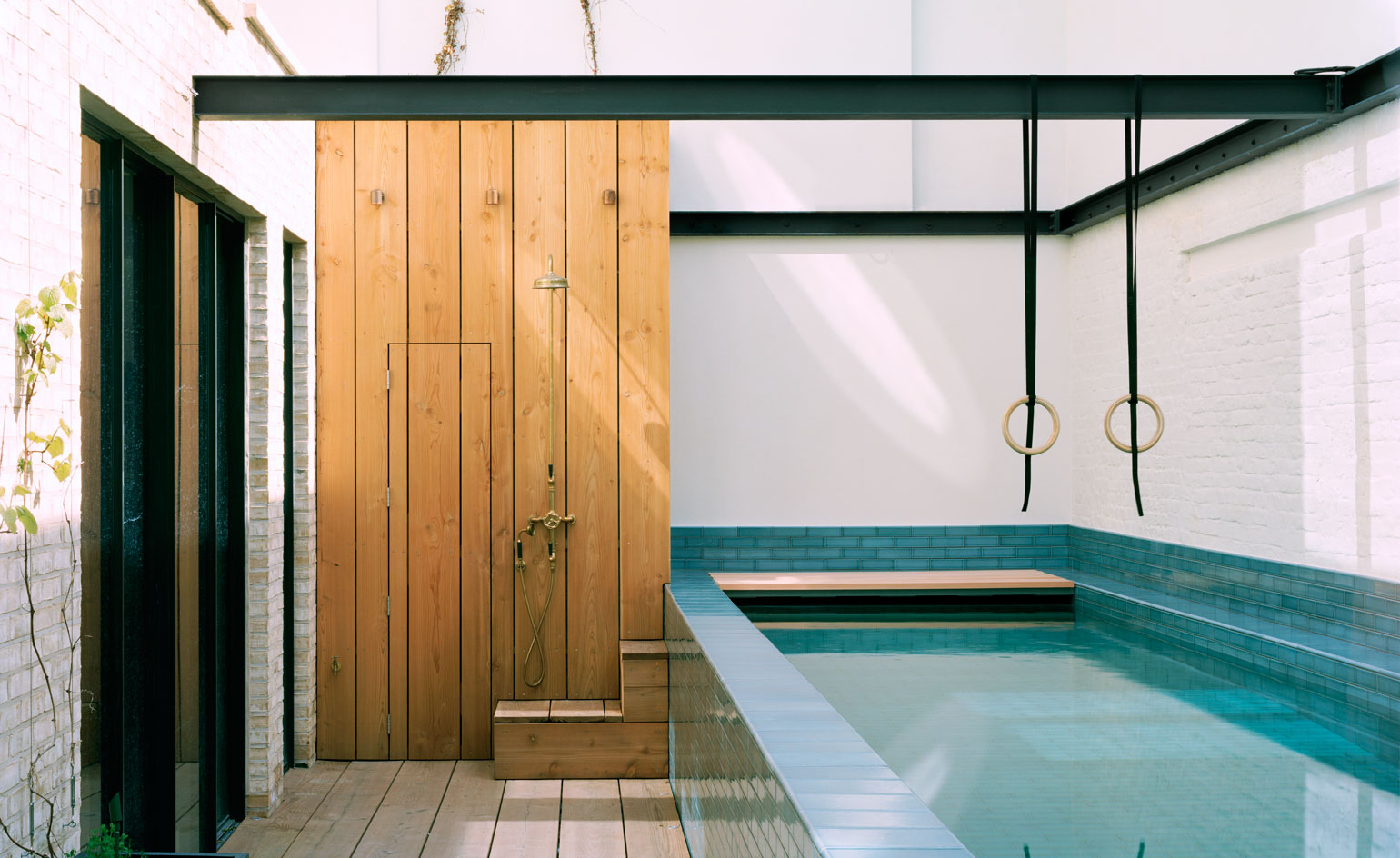
The pool, which is accessed directly from the living area
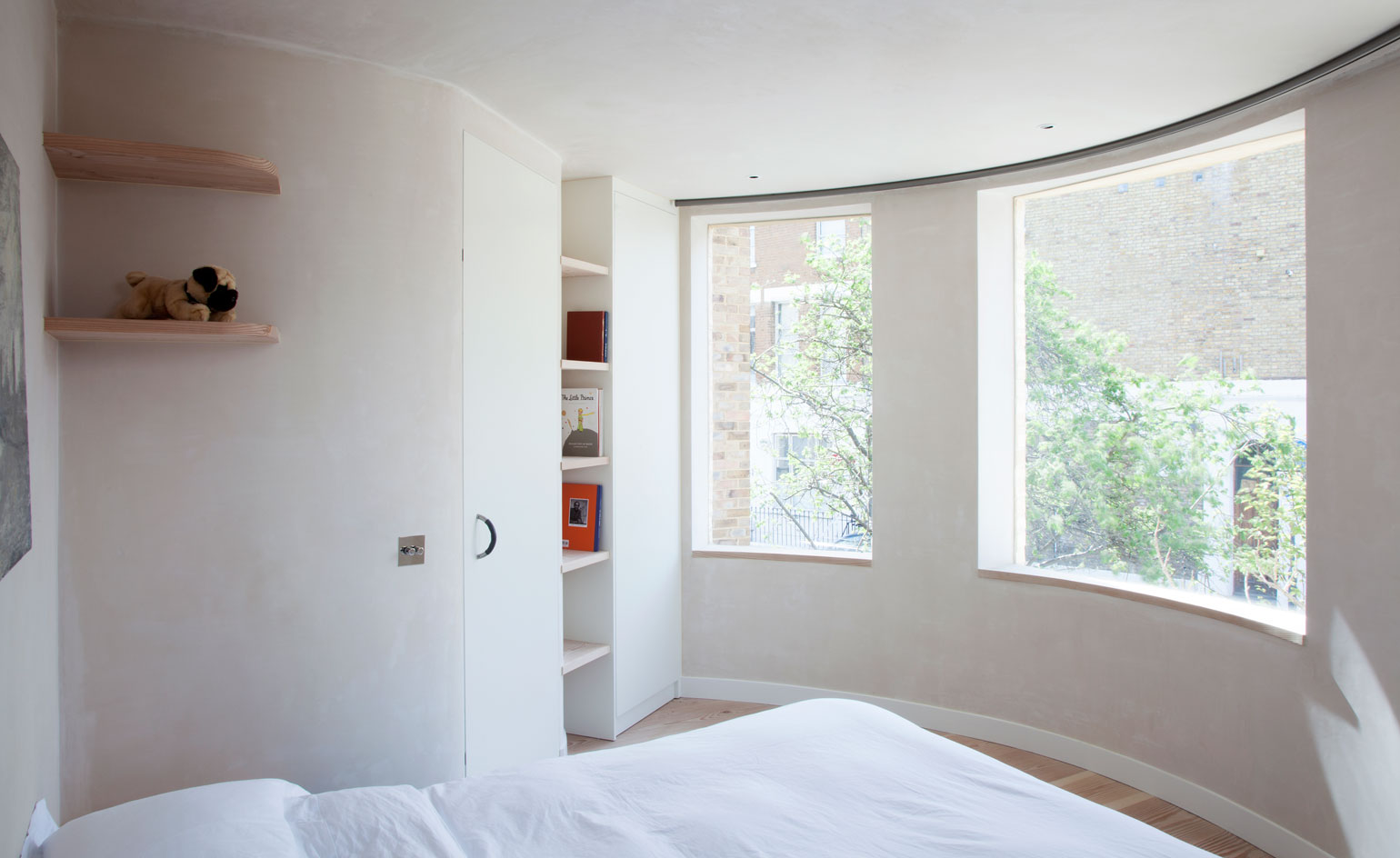
Maximising light was key to the new design so the architect avoided building right up to neighbouring walls. Pictured: one of the children's rooms
INFORMATION
For more information, visit the Michaelis Boyd Associates website
Photography: Max Creasy
Receive our daily digest of inspiration, escapism and design stories from around the world direct to your inbox.
Ellie Stathaki is the Architecture & Environment Director at Wallpaper*. She trained as an architect at the Aristotle University of Thessaloniki in Greece and studied architectural history at the Bartlett in London. Now an established journalist, she has been a member of the Wallpaper* team since 2006, visiting buildings across the globe and interviewing leading architects such as Tadao Ando and Rem Koolhaas. Ellie has also taken part in judging panels, moderated events, curated shows and contributed in books, such as The Contemporary House (Thames & Hudson, 2018), Glenn Sestig Architecture Diary (2020) and House London (2022).
-
 The return of the bullhead: the watch design that refuses to conform
The return of the bullhead: the watch design that refuses to conformLittle known outside of watch circles, but enthusiastically collected within them, bullhead watches have always been divisive. Identified by the crown at 12 o’clock, it made design sense – no digging into the wrist, allowing easier function as a stopwatch - but remains a speciality. But now, the bullhead is back
-
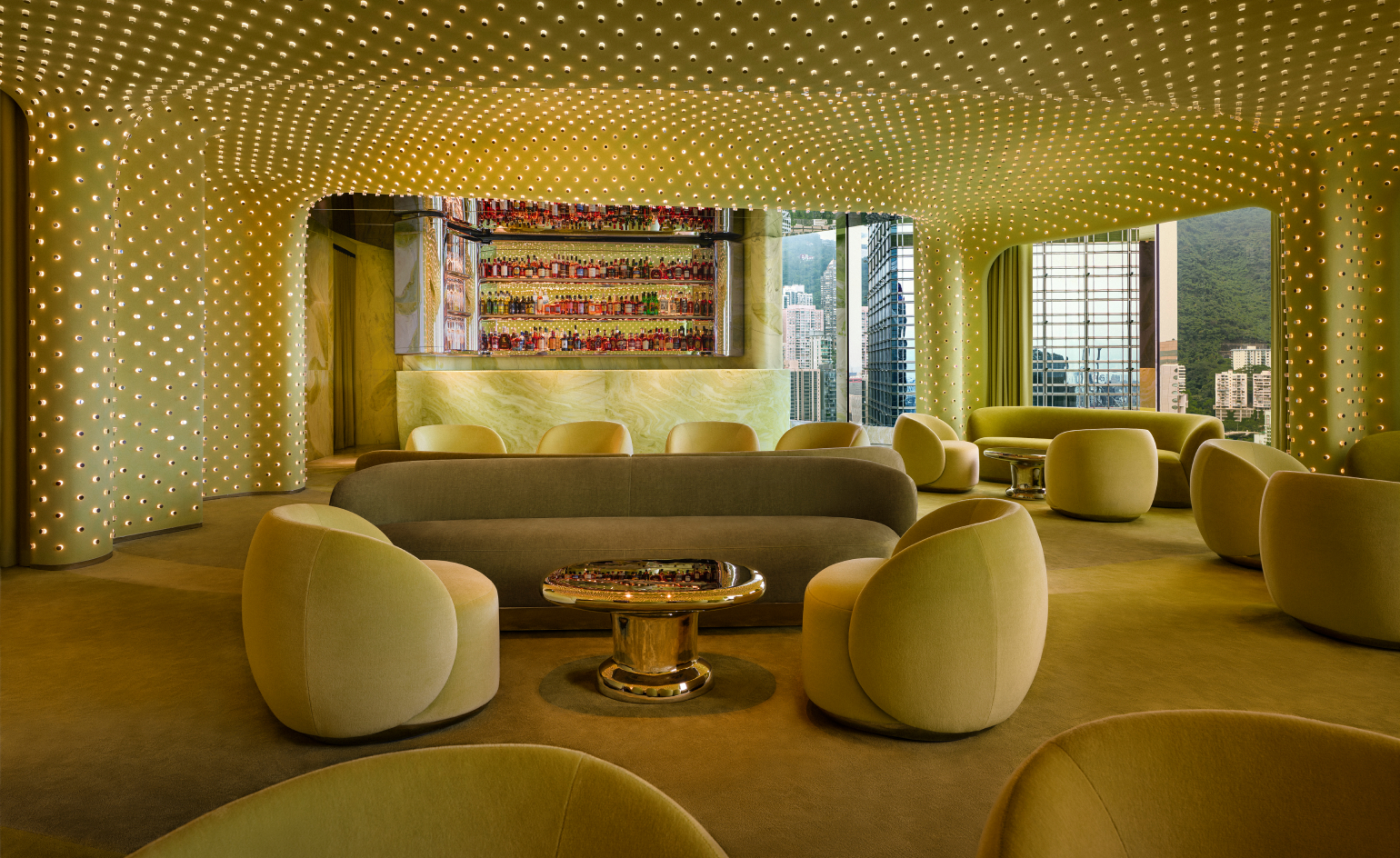 Tour Peridot, Hong Kong’s hypnotic new bar
Tour Peridot, Hong Kong’s hypnotic new barLocated on the 38th floor of The Henderson, Studio Paolo Ferrari’s latest project is a study in ‘light, refraction, and intimacy’
-
 Lighting designer Andi Watson on creating Mitski’s sculptural stage for 'The Land'
Lighting designer Andi Watson on creating Mitski’s sculptural stage for 'The Land'In Mitski’s live show and new concert film, a single beam of light becomes her dance partner. Lighting designer Andi Watson discusses turning shadow, movement and restraint into the architecture of feeling
-
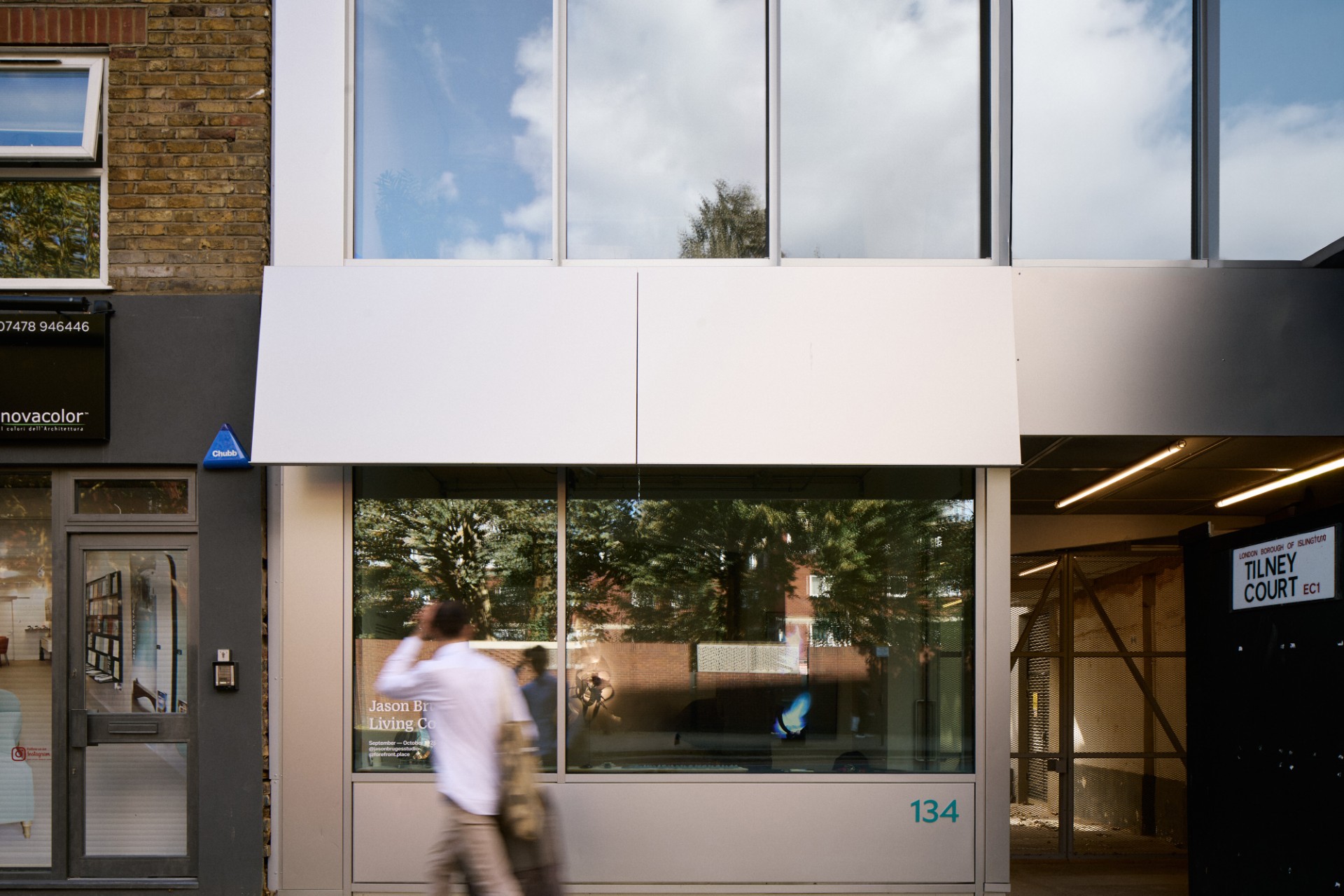 Meet Forefront, a cultural platform redefining the relationship between art and architecture
Meet Forefront, a cultural platform redefining the relationship between art and architectureForefront co-founder Dicle Guntas, managing director of developer HGG, tells us about the exciting new initiative and its debut exhibition, a show of lumino-kinetic sculptures in London
-
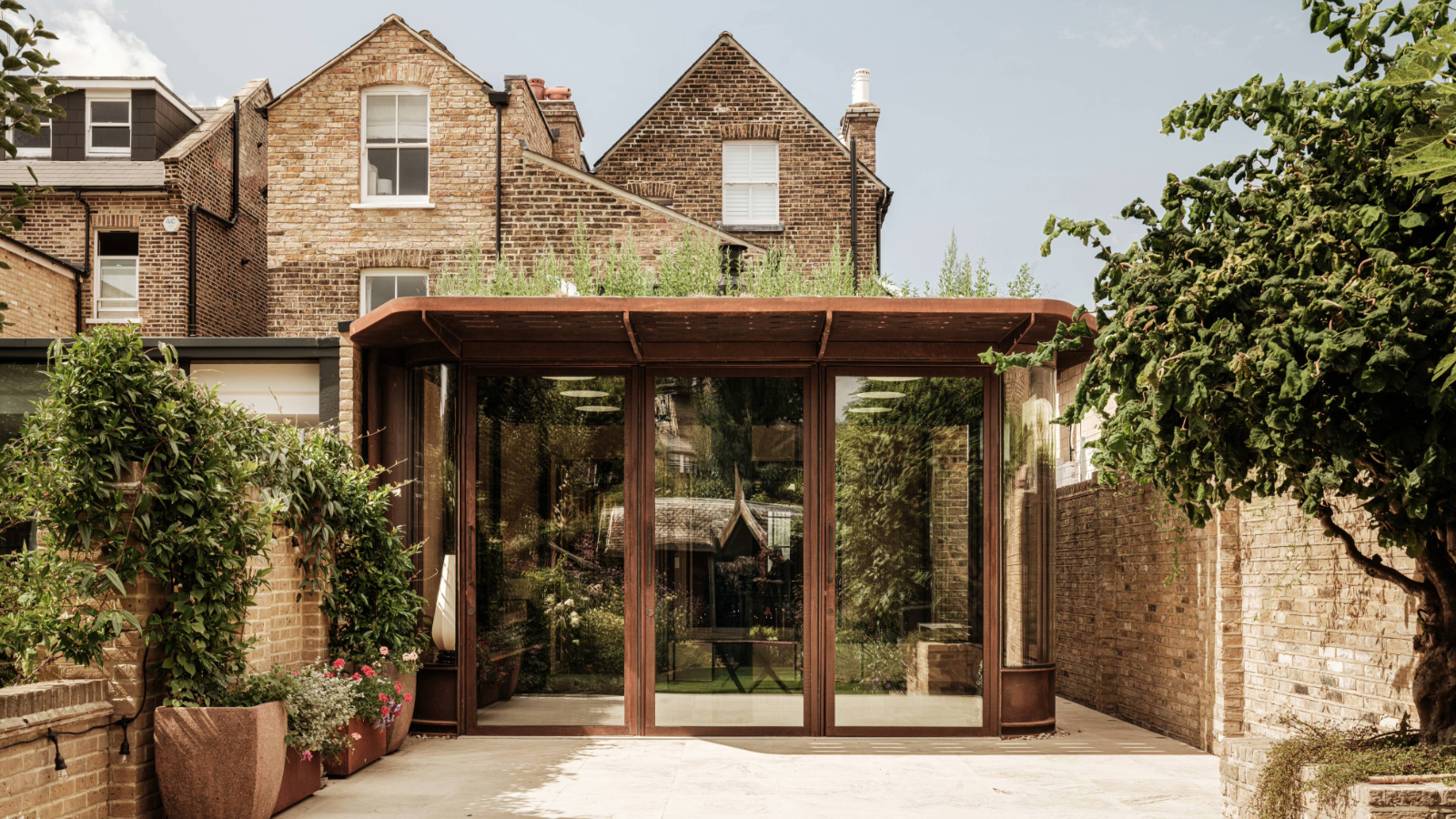 Corten curves and contemporary flair transform this terraced house in London
Corten curves and contemporary flair transform this terraced house in LondonCagni Williams Associates’ sensitive refurbishment of a south London Edwardian house features a striking and sustainable Corten steel extension
-
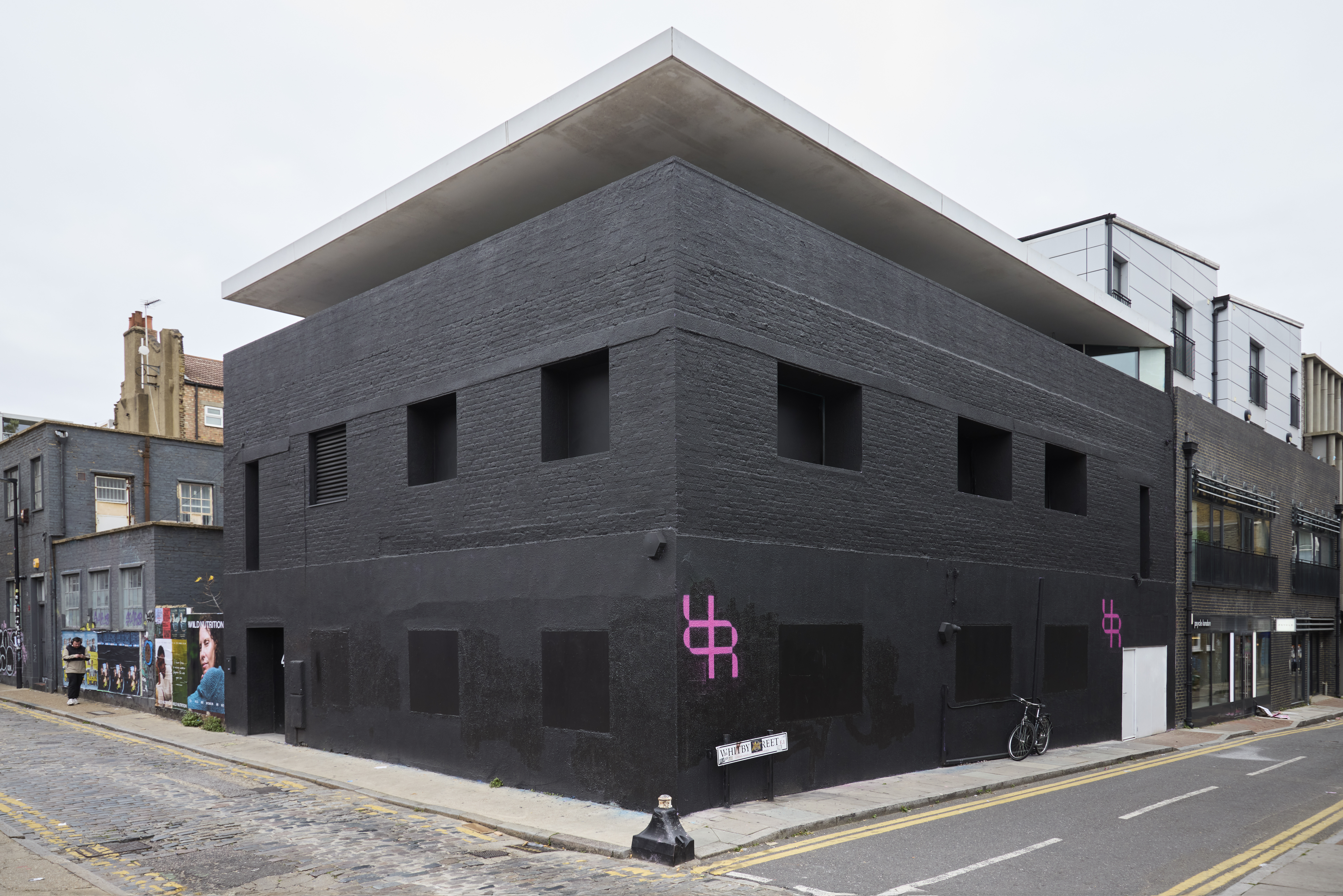 You may know it as ‘Dirty House’ – now, The Rogue Room brings 21st-century wellness to Shoreditch
You may know it as ‘Dirty House’ – now, The Rogue Room brings 21st-century wellness to ShoreditchThe Rogue Room – set in the building formerly known as Dirty House by Sir David Adjaye, now reinvented by Studioshaw – bridges wellness and culture in London's Shoreditch
-
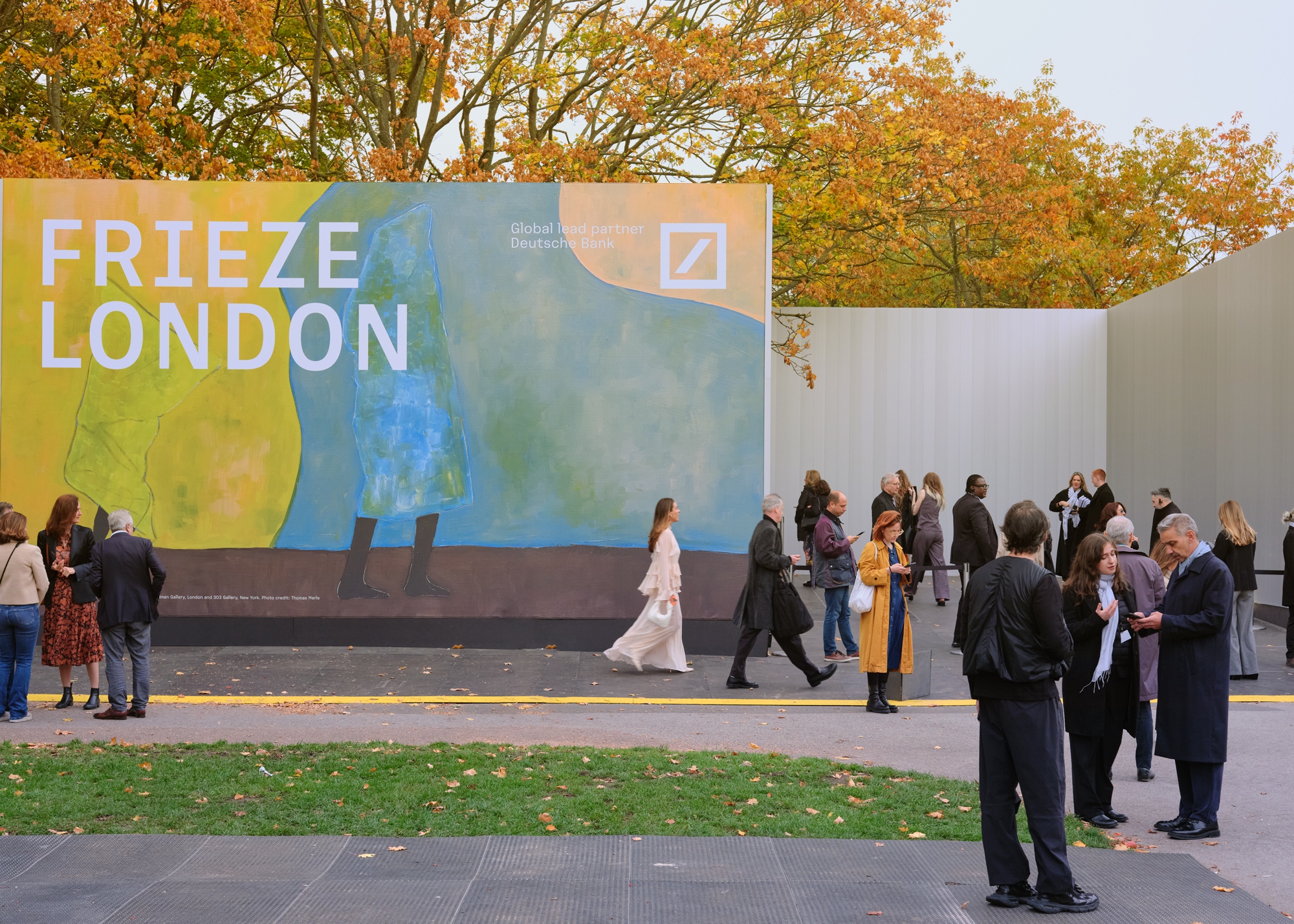 The architectural innovation hidden in plain sight at Frieze London 2025
The architectural innovation hidden in plain sight at Frieze London 2025The 2025 Frieze entrance pavilions launch this week alongside the art fair, showcasing a brand-new, modular building system set to shake up the architecture of large-scale events
-
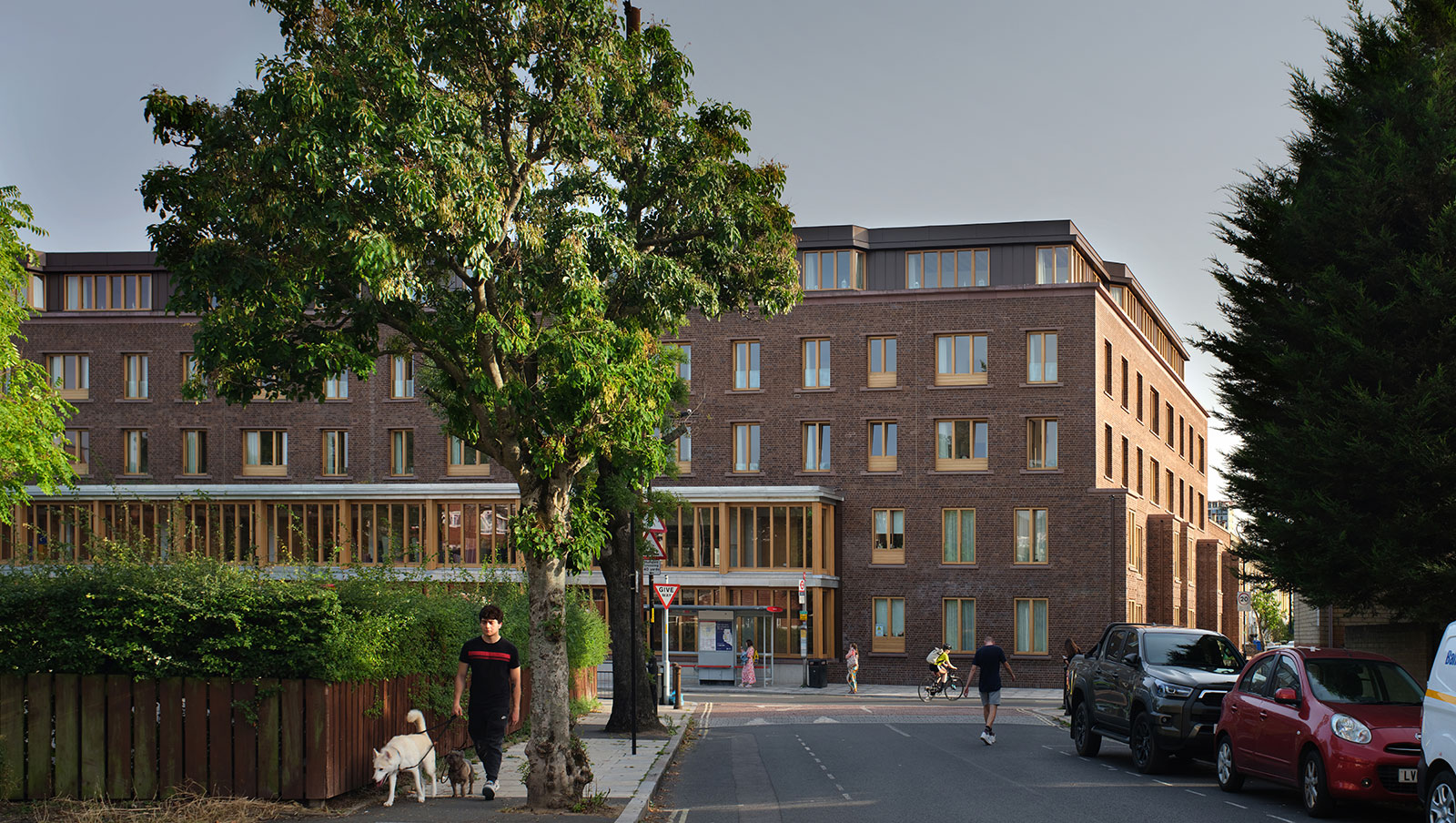 RIBA Stirling Prize 2025 winner is ‘a radical reimagining of later living’
RIBA Stirling Prize 2025 winner is ‘a radical reimagining of later living’Appleby Blue Almshouse wins the RIBA Stirling Prize 2025, crowning the social housing complex for over-65s by Witherford Watson Mann Architects, the best building of the year
-
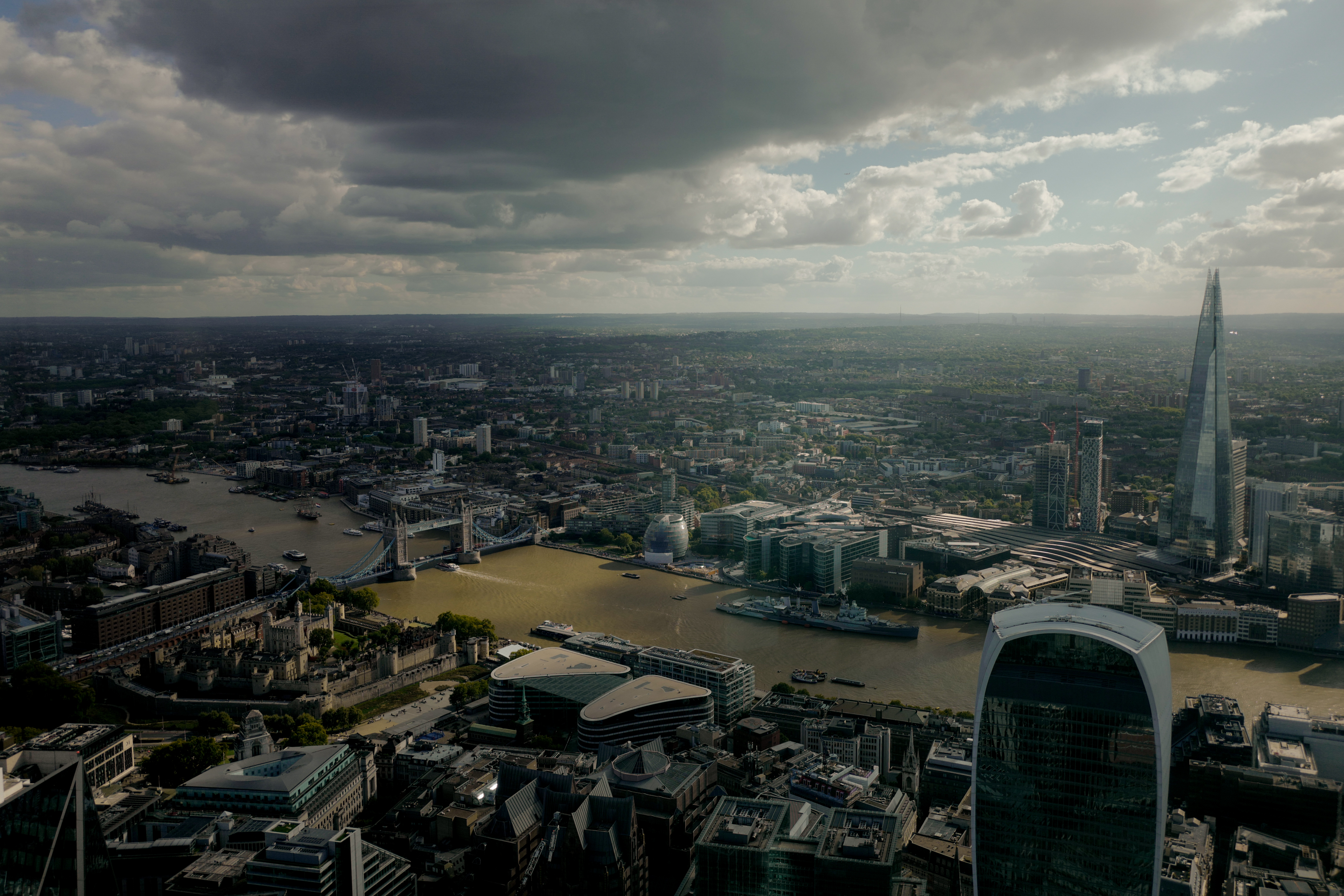 ‘Belonging’ – the LFA 2026 theme is revealed, exploring how places can become personal
‘Belonging’ – the LFA 2026 theme is revealed, exploring how places can become personalThe idea of belonging and what it means in today’s world will be central at the London Festival of Architecture’s explorations, as the event’s 2026 theme has been announced today
-
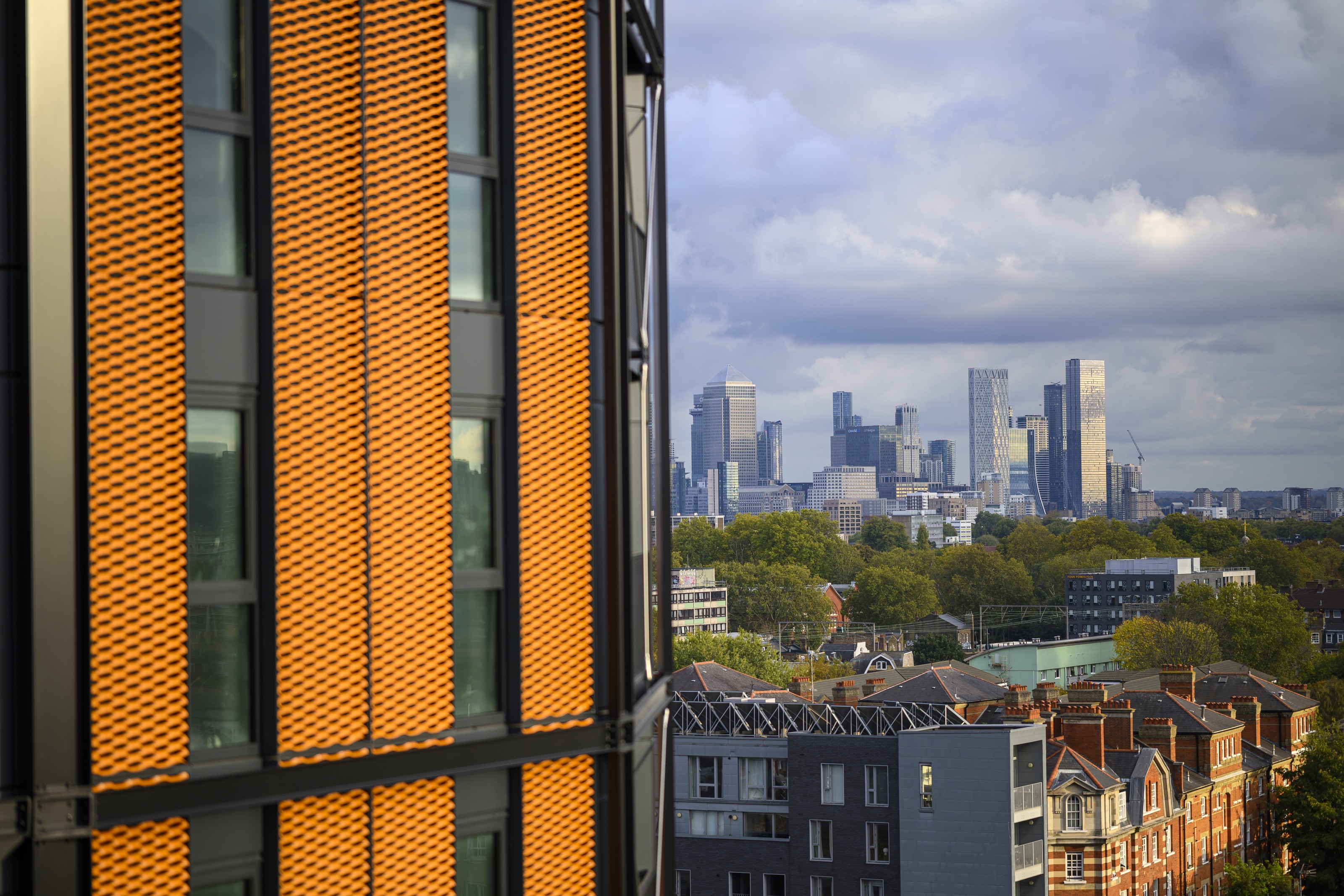 Join us on a first look inside Regent’s View, the revamped canalside gasholder project in London
Join us on a first look inside Regent’s View, the revamped canalside gasholder project in LondonRegent's View, the RSHP-designed development for St William, situated on a former gasholder site on a canal in east London, has just completed its first phase
-
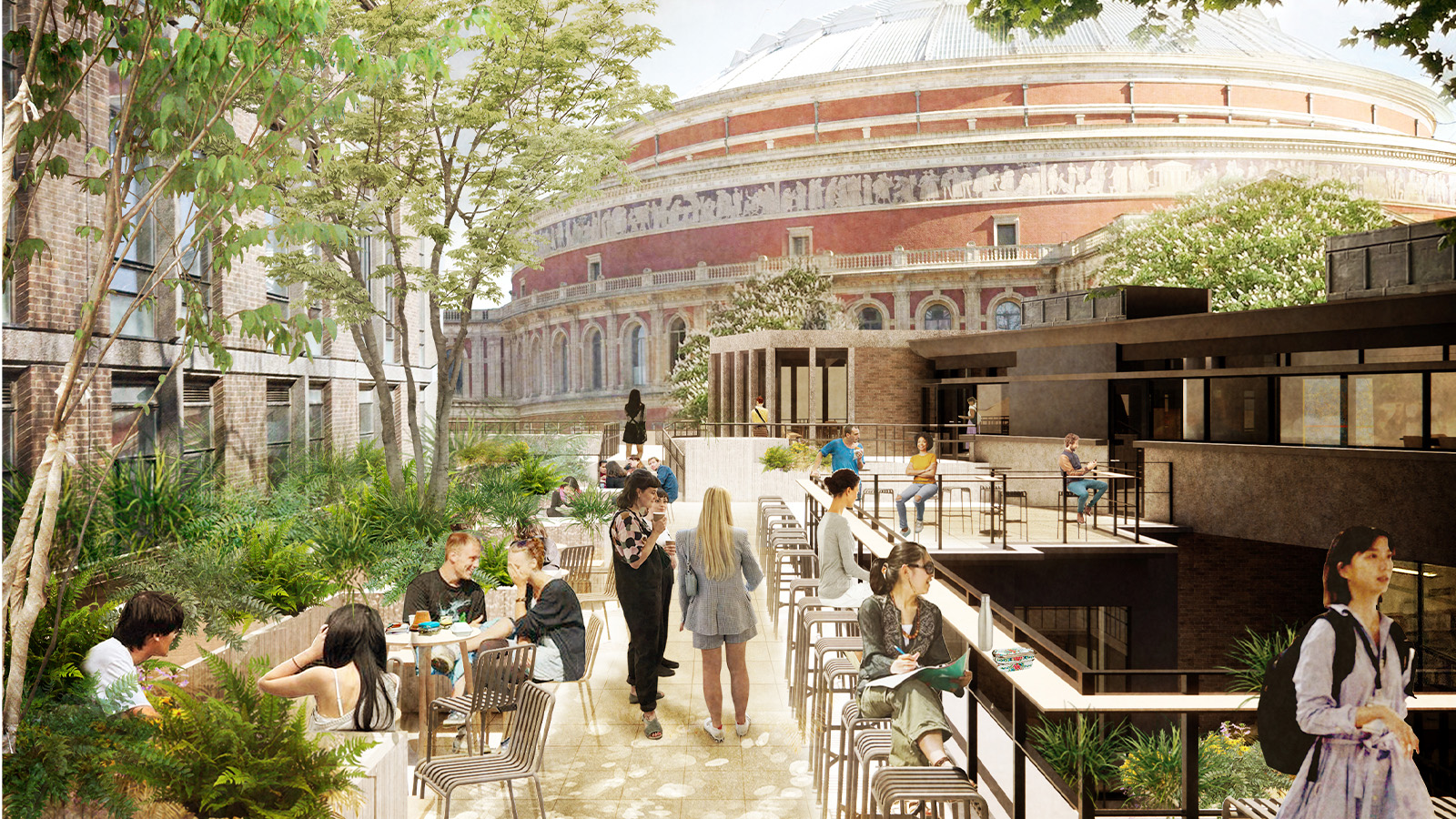 The Royal College of Art has announced plans for renewal of its Kensington campus
The Royal College of Art has announced plans for renewal of its Kensington campusThe Royal College of Art project, led by Witherford Watson Mann Architects, includes the revitalisation of the Darwin Building and more, in the hopes of establishing an open and future-facing place of creativity